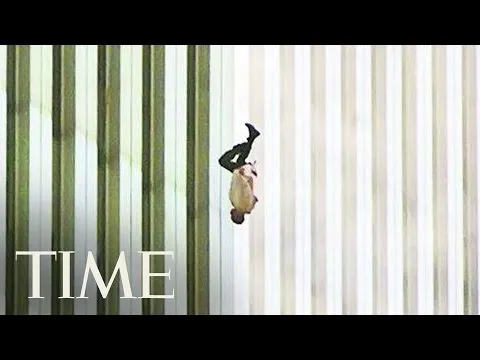
Context. On the morning of 11 September 2001, New Yorkers woke up like any other day. Where on the surface nothing extraordinary was supposed to happen. An ordinary summer day. Suddenly, in Manhattan, a plane full of passengers crashes into one of the two towers of the gigantic and neuralgic World Trade Center? Chaos ensues.
Immediately, every single television station in the United States, as in the world, covers live and direct what is happening in the most tumultuous city on the planet. For the first time in the history of Kennedy's and Mark Twain's country, they were under direct attack from their countless enemies around the world. Immediately, that moment, when not one but two planes crashed into the financial centre of that nation, marked in our memory forever the future of so many issues that today define our present.

Before the attack on the twin towers, the world was neither peaceful nor calmer. Contrary to popular opinion, war, greed, plunder and inequality of course existed. In fact, the years leading up to the hijacking and subsequent crash of the planes into the World Trade Center were distinguished by extreme violence. And yes, the United States, as a country, had a lot to do with those events.
A war against Saddam Hussein's Iraq, two NATO-allied interventions in the Balkan wars, and an invasion of Panama on the way, were the immediate antecedents to what would become known as "the day most Americans died" since the Civil War of 1862, also in that North American country.... Although the number of dead and wounded is well known to all of us (more than 3500 dead), what has perhaps been left behind is the figure of the jumpers... But above all, the impact this event had on journalism and the safeguarding of information.
The "jumpers" are all those people who, having all options of escape blocked, either by the burning rubble or because they were somehow trapped in the chaos, decided to jump from the heights of the towers of the destroyed complex. Let us not forget that even today, 11 September 2023, the image of these people is still controversial and, above all, generates heated discussions...
On that fateful day in September, not only did all the security systems of NORAD and the US government itself (during the first Bush administration) fail, but even the press in general was thrown into chaos. The freelance photographer, Richard Drew, became, almost immediately, a kind of villain in the US private press to point the finger at? Why? Because he was the author of a series of photographs that went down in history for reflecting the despair, pain and anguish in those moments of terror.
The New York Times, the Times Magazine and even the Washington Post made it clear that Drew's work (called The Falling Man) did not realistically represent what happened that fateful day. Turning the subject into a taboo, and alienating the victims who, in view of the imminence of a cruel death, decided to choose dignity over something worse.
The Falling Man is the name of a photograph, but it is a true representation of what happened on that horrible day. People, hundreds of them, trapped in the aftermath of the attacks, who had no choice in the face of what they witnessed. Indeed, this fact is so real, that there are phone records, farewell letters, text messages, and even forensic records at the scene of the biggest crime in the history of the United States of America.... As countless bodies fell across the length and breadth of the World Trade Center's immediate vicinity.
